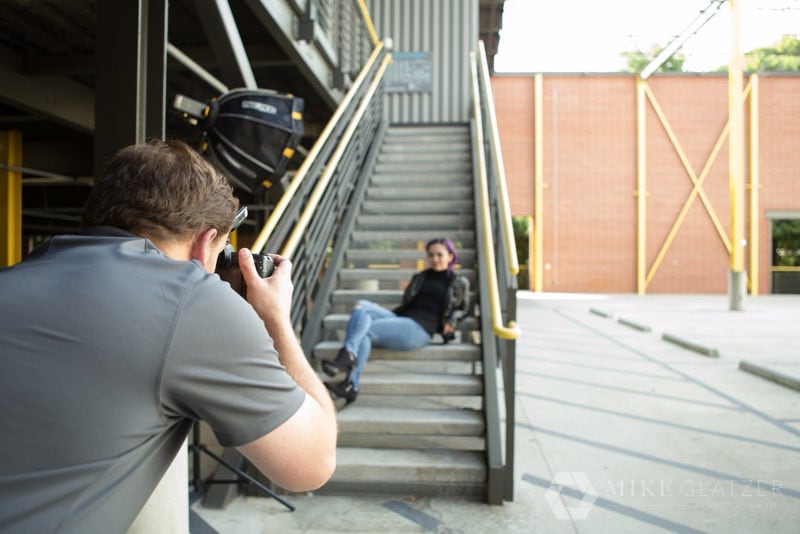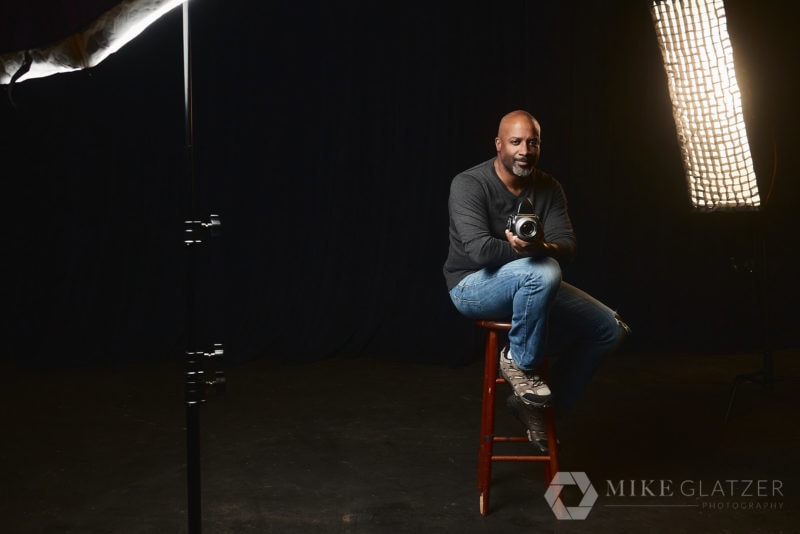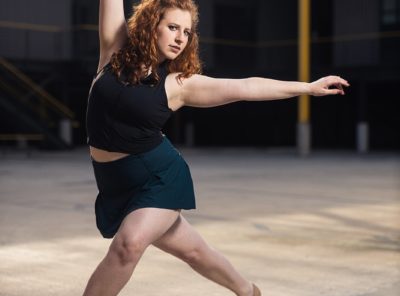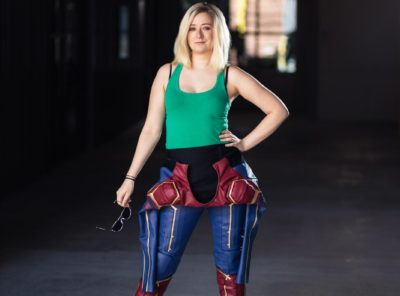Flashpoint AD200 Non-Technical Review
It’s no lie when I say my favorite non-camera gear purchase was my Flashpoint AD200. Also known as Godox, Newer, and CheetahStand AD200, these flashes shook up the flash photography industry by introducing incredible features in a small and relatively inexpensive form factor. I have three of these and carry at least one on every shoot. As a wedding and portrait photographer often in diverse and constantly changing environments, the Flashpoint AD200 is one of the most valuable and dynamic pieces of equipment a flash photographer can own.
In the following paragraphs and video, I’ll provide my non-technical review of the Flashpoint AD200 and why I freaking love this thing so much.
Features I Love About the AD200
Build & Form Factor
For a “cheap” or off-brand flash, these are pretty robust. Nothing feels flimsy, it’s all well constructed and does the job. I’m not rough on my gear, but I also don’t baby it. These AD200s have handled their share of abuse. I’ve had a couple of light stands fall with my AD200, and only one ended up with a cracked rear LCD. Unfortunately, unlike Canon, Nikon, or Profoto, who have robust warranties, the AD200 doesn’t have much of a warranty. They were considered disposable by some photographers until I found MoLight, which does repairs in the US. Thank goodness! The other benefit is that the AD200 is the same size as a speedlight with the head straight up. That’s amazing! It’s small, portable, lightweight, and easy to travel all reasons I love it for location-based photography.
Power
The Flashpoint AD200 is three times as powerful as a standard speedlight. Combined with the form factor notes I mentioned above, you have arguably the best flash for travel or location-based photography. Having that much extra power means I can shoot in brighter ambient conditions. I can also get faster flash recharge speeds because I don’t need as much juice as I would with a speedlight. The other benefit is that I can freeze hi-speed motion better!
The lower the flash power, the quicker the flash light burst or flash duration. The shorter that duration, the more instantaneous the pulse of light, the better the flash “freezes” motion. For example, let’s say I’m photographing water thrown from a bucket. First, I’ll try it with a speedlight, which requires 1/8th power for proper exposure. Next, snap a frame – there’s motion blur. Now, let’s say I use an AD200 for the shot. Because it’s three times as powerful as the speedlight, I only need 1/3rd the power for an equivalent exposure. So instead of shooting at 1/8th power, I can now shoot at 1/32nd power. Thanks to physics, I can take the same picture without motion blur. Awesome.
Flashpoint Ecosystem
Before Godox came out with their flashes, the world was divided into two camps: those who used speedlights made by their camera manufacturer, and those who used big strobes made by Westcott or Profoto. It used to be that you could only use one or the other; you couldn’t have strobes and speedlights both firing for a shot unless they were set as optical slaves. Then, Godox came around and said, “I don’t wanna eat this meal with just a spoon. I’m bringing forks and knives too.”
So Godox/Flashpoint built their entire range of flashes to work off of one single trigger. That means I can photograph a scene with a big, 600W studio strobe and an 80W speedlight from a single trigger and have complete control over both. To say this shook up the photography industry is an understatement. Profoto and Westcott introduced similar systems because so many photographers love this flexibility.

High-Speed Sync
As a location shooter, I often want to achieve a shallow depth of field in bright sunlight but still get a flash-style portrait. Well, because most cameras’ max flash sync speeds are around 1/200, this is impossible without a neutral density (ND) filter on your lens. The caveat here is I need a neutral density filter for every lens size I own, and sometimes the neutral density filter can be so dark that I can’t see my subject through the viewfinder. So the other option is to use flashes with a High-Speed Sync (HSS) feature. This feature allows photographers to use their flashes at any shutter speed they want – even 1/8000! So now I can capture shallow depth of field portraits, even in bright sunlight, regardless of which lens I use!
The AD200 being 3x as powerful as a standard speedlight, the same size as one, and having High-Speed Sync makes it a staple in my bag. It’s a swiss-army knife of flashes.
David Bergman’s video is stellar at describing how to use both HSS and ND filters, along with the pros and cons of each!
Channels & Groups
Along with the Ecosystem perk above, I can program my AD200s to work off different channels and groups. This feature is crucial if you’re a wedding or studio photographer. For weddings, you may be working with multiple photographers and videographers. Having your equipment on a different channel means they can’t fire your flashes, and you can’t trigger theirs. Groups are a subset of channels and just as important. Groups allow me to assign different flash powers to different flashes within a channel. That means I can have a key light at ¼ power, a fill light at 1/16th power, and an accent light at 1/32nd power. Channels and groups mean you can have exquisite control of your flashes and how they contribute to the scene.

Battery Life
For years, photographers begged Canon and Nikon to develop an OEM rechargeable battery for their speedlights. Instead, they came out with massive external battery packs that still used AAs!!! Finally, Flashpoint heard our prayers, and photographers rejoiced when they gave us Li-On rechargeable batteries in their flashes. Not only are the batteries rechargeable, but they last FOREVER. Okay, not literally forever, but when you’re used to changing out your batteries halfway through a wedding day, it feels like a lifetime when I can photograph 2.5 weddings off a single charge with my AD200! Gone are the days of worrying when my flash would crap out and instead just replacing my batteries at the start of a reception to be safe. Now, I can shoot an entire wedding day, capture a portrait session or a headshot session the following day and not even carry a spare battery. It’s truly amazing.
Swappable Heads
The AD200 comes stock with two flash heads: a standard fresnel lens and a bare-bulb head. Not gonna lie; I’ve never used the bare-bulb head and shortly threw it out. I do, however, use multiple of the fresnel heads with Magmod. The beauty of the swappable head is that I can use a Magmod head flash on a flash modifier like a softbox (so long as the softbox has a zipper or a removable front diffuser). Why is this helpful? Because now gelling my flashes is crazy simple!
It’s usually a pain in the butt to gel a flash in a softbox. I use Bowens mount style softboxes (when I’m not using MagMod softboxes), which aren’t big enough for the Magmod head to get through. So removing the head and then reattaching it once the flash body is through the Bowens mount is fantastic! Again, I gel my flashes a lot, so this is crazy helpful.
Rear LCD
I like the rear LCD on the AD200 because the menu is easy to navigate, and all the information I need to see is clear and easy to read. It’s not SUPER bright, but it’s barely bright enough that I can usually see it even on super bright and sunny days. I don’t have heaps of praise for the AD200 LCD, other than it works and it doesn’t get in the way, which is lovely.
Features I Don’t Love
Rear LCD
Yeah, going right back to this one. I wish it were brighter. I shoot on location and in the sun a lot, and I don’t like the number of times I have to use my hand as a mini-shade so that I can read my settings or confirm the flash is on. It’s frustrating.
Firmware Updates
Why in the modern world is this still a problem? For some reason, Flashpoint only offers its firmware update software as PC compatible. Have they not looked at the metrics to see that many creators are on Apple products? It’s not a deal-breaker, but it’s annoying when I have to use a buddy’s computer to upload new firmware to my AD200. Get with the times, gang!
Overheating
Through regular use, the AD200 runs like a champ. It just fires away with no worries. As with any flash, though, firing at full power a lot will cause the flash to slow down in an attempt to minimize overheating. Eventually, if you keep blasting away at or near full power, the flash will land in the “overheat protection zone” and stop firing to avoid frying the internal electronics. That’s how it should work. However, I’ve experienced one use case where my Flashpoint AD200s will overheat much faster, even at lower power levels, and that’s when I bounce the flash. I don’t understand why, but pointing one of these bad boys at a wall and firing it causes the unit to overheat even at 1/32nd power. Again, I don’t understand why this is the case, but that’s what happens.
The Flashpoint AD200 does not have the same quality or extent of internal thermal protection materials that a Canon or Nikon speedlight employs. There’s a reason it’s a relatively cheap flash in comparison – they had to cut corners somewhere. So yes, it overheats quickly at full power in direct sunlight and generally when bouncing, but otherwise, it’s a pretty solid marathon runner.

Differences with the AD200 Pro Version
A few years after the AD200 came out, Godox/Flashpoint released the Pro version. It’s about $100 more, but is it worth it? These are the three key differences:
Color Consistency
The Pro version has less color variation from shot to shot. I noticed that my AD200 tends to run a little warm, especially when in ETTL. The Pro version may run warm too, but the key is that the color temperature of shot number one better matches the color temperature of shot number two compared to the non-Pro version of the AD200. How important is color consistency? I don’t think you’ll notice the difference if you’re not shooting billboards or for major commercial projects. Your clients certainly won’t! I color-correct all of my images in post-production, so it’s not a huge deal to me.
Shorter Flash Duration Speed
This item refers to the Power section in this article’s “Features I Love” portion. At a given flash power, the flash pulse of light is “shorter” with the Pro version than the non-Pro version. That means the Pro version can freeze motion better than the non-Pro version. So, if you’re not routinely shooting action or things moving wicked fast, you may not need the Pro version. On the other hand, I shoot a lot of motion, and I hardly notice motion blur in my images.
Build Features
It broke my heart the day my AD200 fell over and cracked the rear LCD screen. It’s the first surface that smacks the ground when the flash falls on that end. However, with the Pro version, Flashpoint addressed this by adding a rigid plastic frame around the rear LCD that also extends slightly past it. That means if the flash falls flat on that surface, the plastic body takes the beating, not the fragile LCD screen. Every little bit helps when dropping $300+ on a piece of equipment you hope will last a while. The simple solution is to use a sandbag on your light stand. You should do it regardless of how tough you think your flash is built! I do wish my AD200 had this feature though!
Summary
If you’re in the market for a flexible, portable, lightweight, and powerful off-camera flash that will run photography marathons with you, look no further than the AD200. It’s one of my favorite pieces of photography equipment, and it never leaves my camera bag. I have three that have lasted me several years. I have zero plans to upgrade or change them in the future because they’re reliable and are just damn good flashes. So long as Canon cameras stay compatible, I’ll use AD200s for my flash photography.




